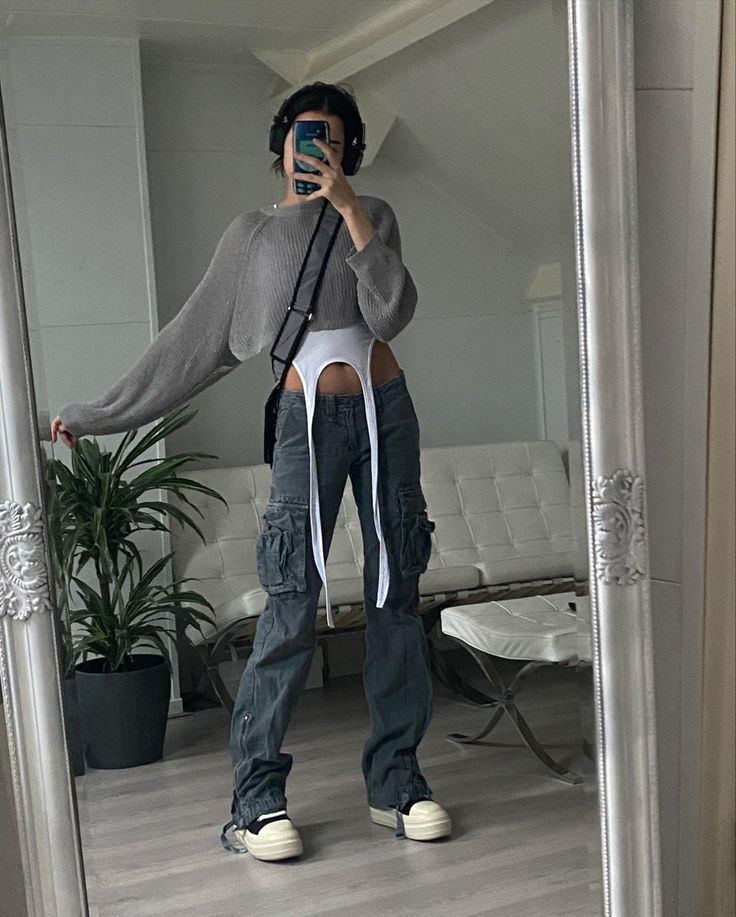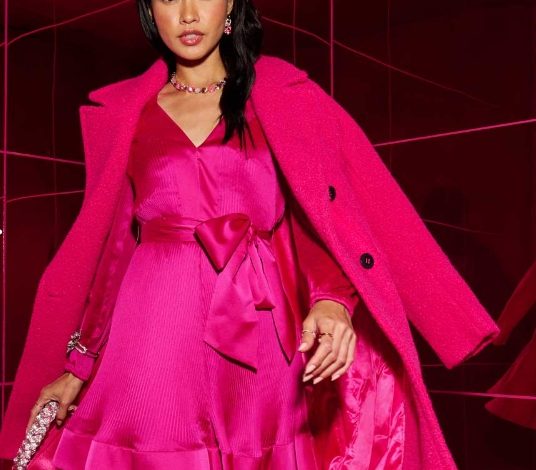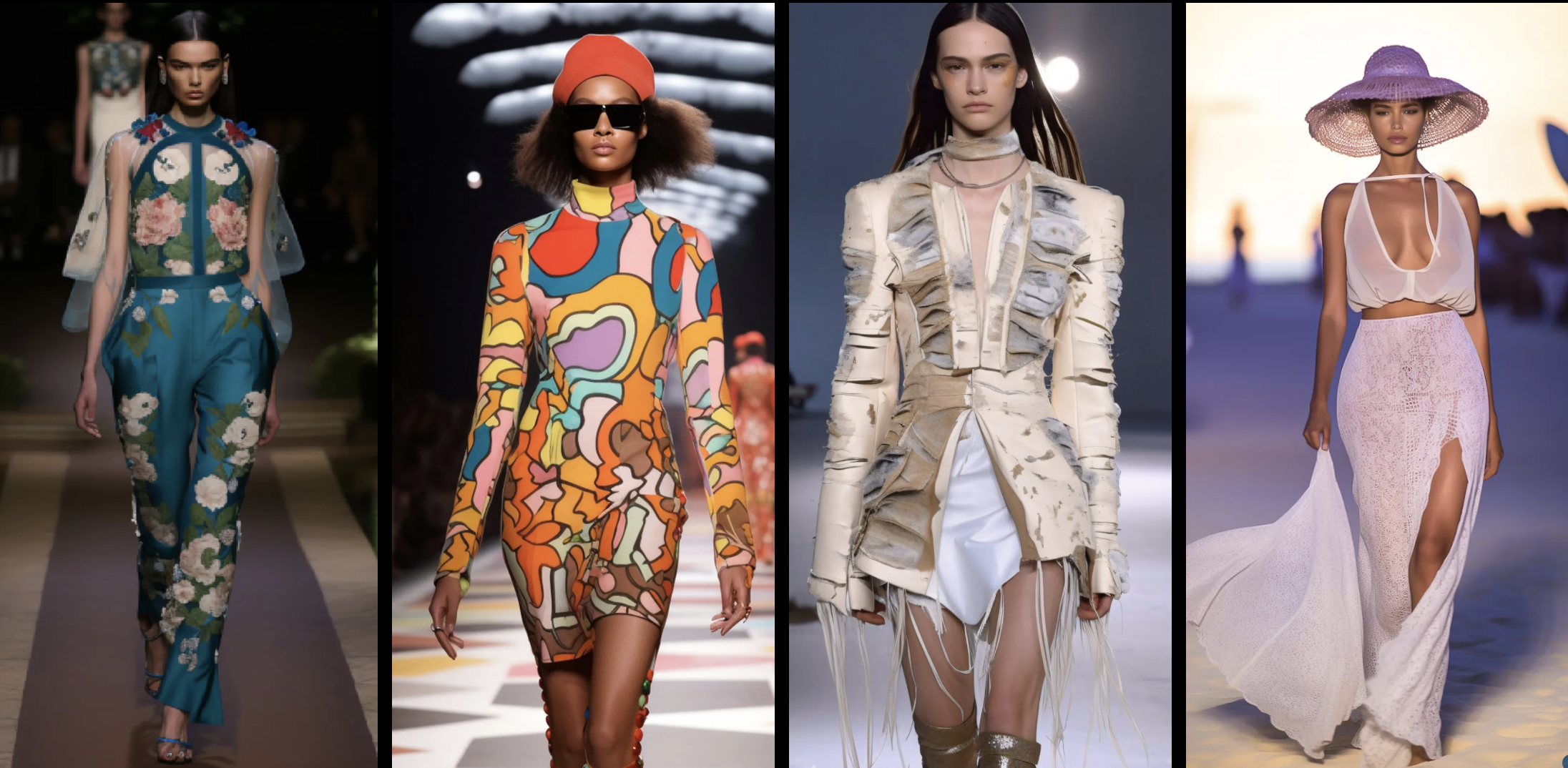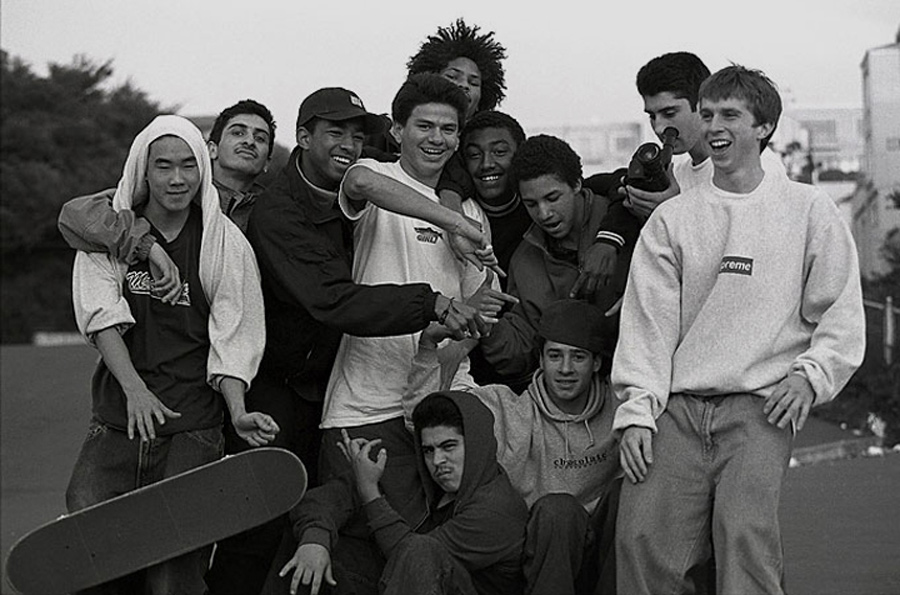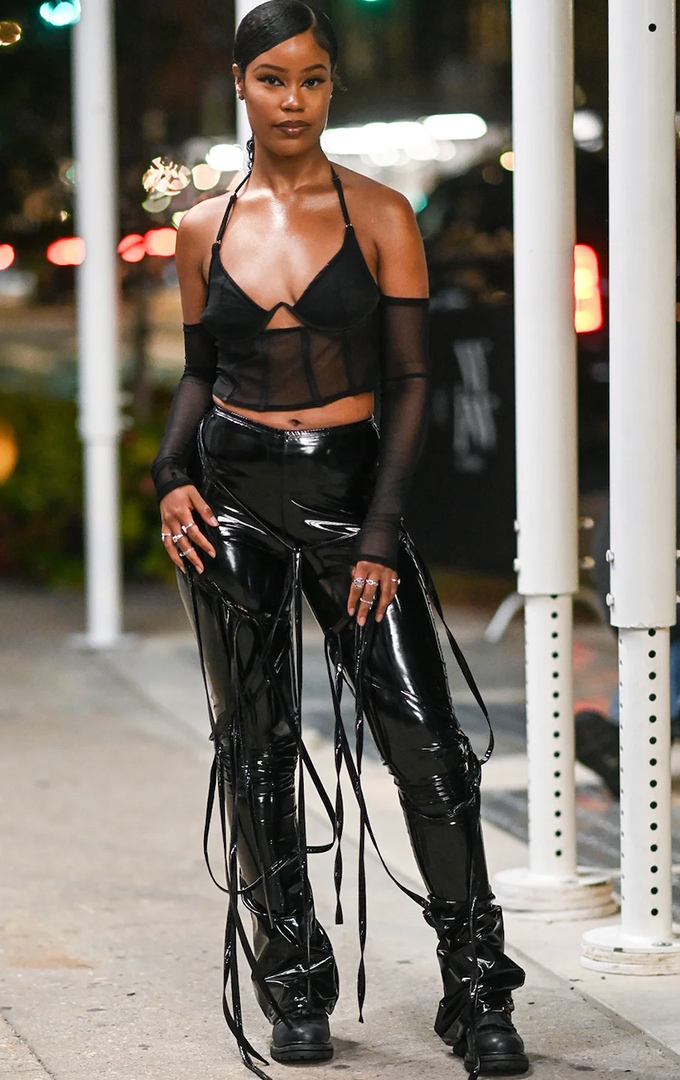
Unraveling the Mystery of Subversive Fashion
Fashion has always been a powerful means of self-expression. It can challenge norms, spark conversations, and even bring about social change. Throughout history, we have seen numerous subversive fashion movements emerge, pushing boundaries and challenging the status quo. From the punk rockers of the 1970s to the gender-bending fashion of today, subversive fashion continues to captivate and intrigue us. In this blog post, we will delve into the world of subversive fashion, exploring its origins, impact, and why it matters.
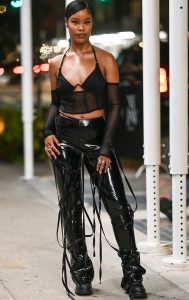
To understand subversive fashion, we must first grasp its essence. It is not just about donning outrageous attire for the sake of it; it’s about sending a message, causing a stir, and inspiring thought. Subversive fashion aims to challenge societal norms and provoke reactions, whether positive or negative. It allows individuals to break free from the constraints of traditional fashion and make their voices heard.
One of the most iconic subversive fashion movements of all time is punk. Born in the 1970s as a rebellion against the establishment, punk fashion was a deliberate rejection of conventional beauty standards. With ripped clothing, safety pins, and wild hairstyles, punks showcased their disdain for conformity and their desire for individuality. By embracing this style, they made a powerful statement of nonconformity and anti-establishment sentiments.
Over the years, subversive fashion has continued to evolve. Today, we see an increasing emphasis on gender-bending fashion, where individuals blur the lines between male and female attire. From celebrities like Billy Porter rocking stunning dresses on the red carpet to fashion brands challenging gender norms in their collections, this movement disrupts societal expectations and redefines what it means to express oneself through clothing.
So why does subversive fashion matter? Firstly, it allows for personal expression without constraints. It empowers individuals to challenge norms and be proud of their uniqueness. By wearing subversive fashion, we show the world that we are not just passive consumers of trends but active participants in shaping our identities.
Secondly, subversive fashion encourages dialogue. It sparks conversations about topics that may have been swept under the rug. By donning attire that challenges the status quo, we invite others to question their own beliefs and engage in thought-provoking discussions. In a world that often shies away from uncomfortable topics, subversive fashion can be a powerful catalyst for change.
Furthermore, subversive fashion has the potential to challenge oppressive systems. By breaking free from societal expectations, individuals can communicate their resistance to structures that seek to oppress or marginalize certain groups. Fashion, in this sense, becomes a tool for social activism by giving a visual voice to those who have been silenced.
However, it is vital to acknowledge that subversive fashion is not without its criticisms. Some argue that it is merely a superficial form of rebellion, a trend that can be easily commodified and co-opted by the mainstream fashion industry. While this may be true to some extent, it is crucial to recognize that subversive fashion still holds power in its ability to disrupt established norms and challenge dominant ideologies.
In conclusion, subversive fashion is a fascinating realm of self-expression, activism, and defiance. It allows individuals to break free from the constraints of traditional fashion and make bold statements. Whether through punk, gender-bending fashion, or other subversive movements, the power of fashion to challenge norms and ignite conversations cannot be underestimated. So the next time you’re getting dressed, consider how your clothing choices can be a form of rebellion, a way to challenge the status quo, and ultimately, a means to unravel the mysteries of subversive fashion.

